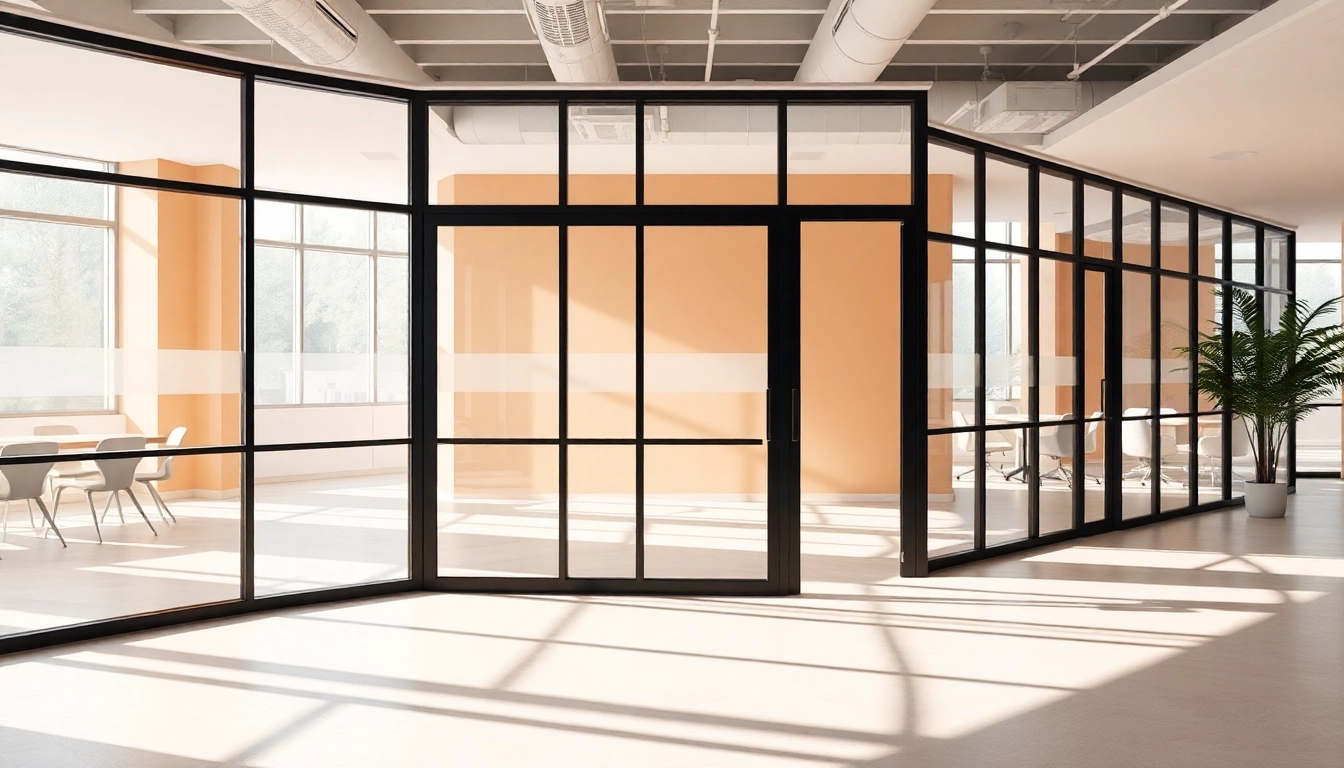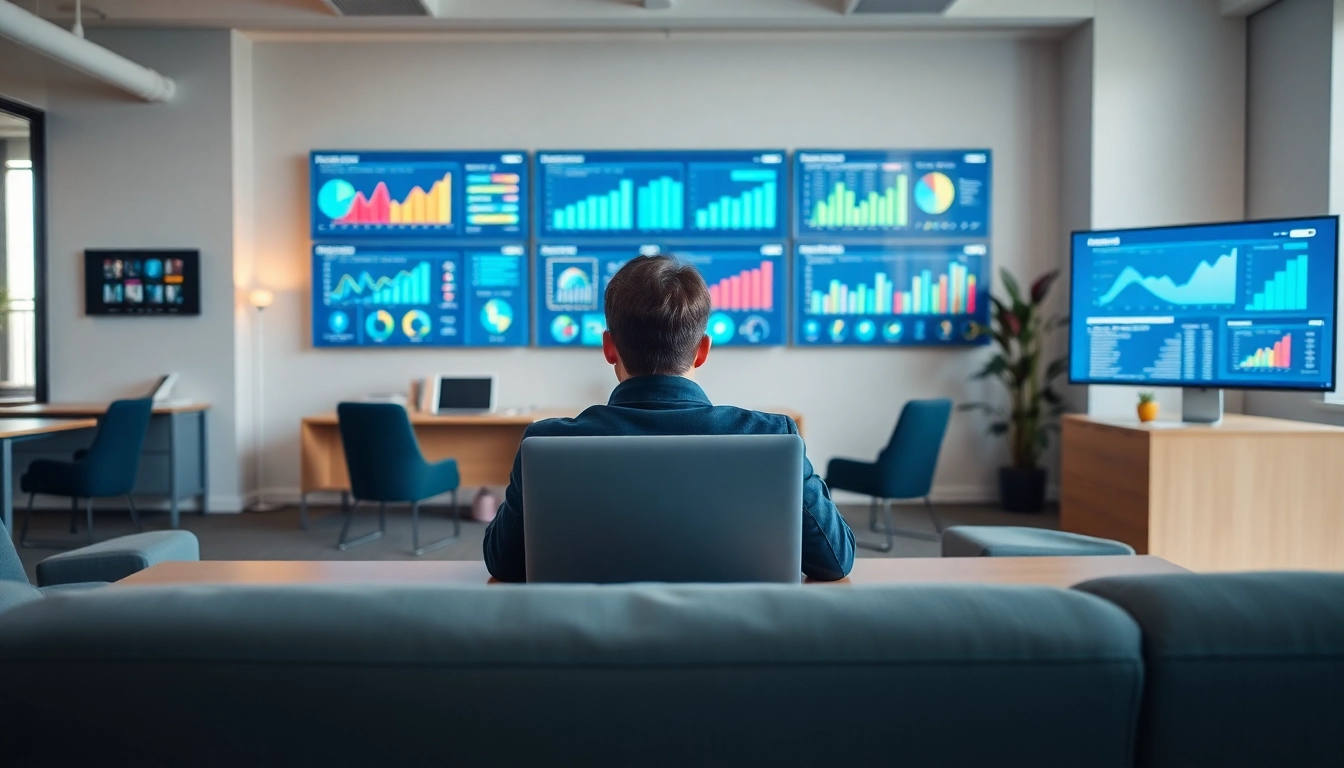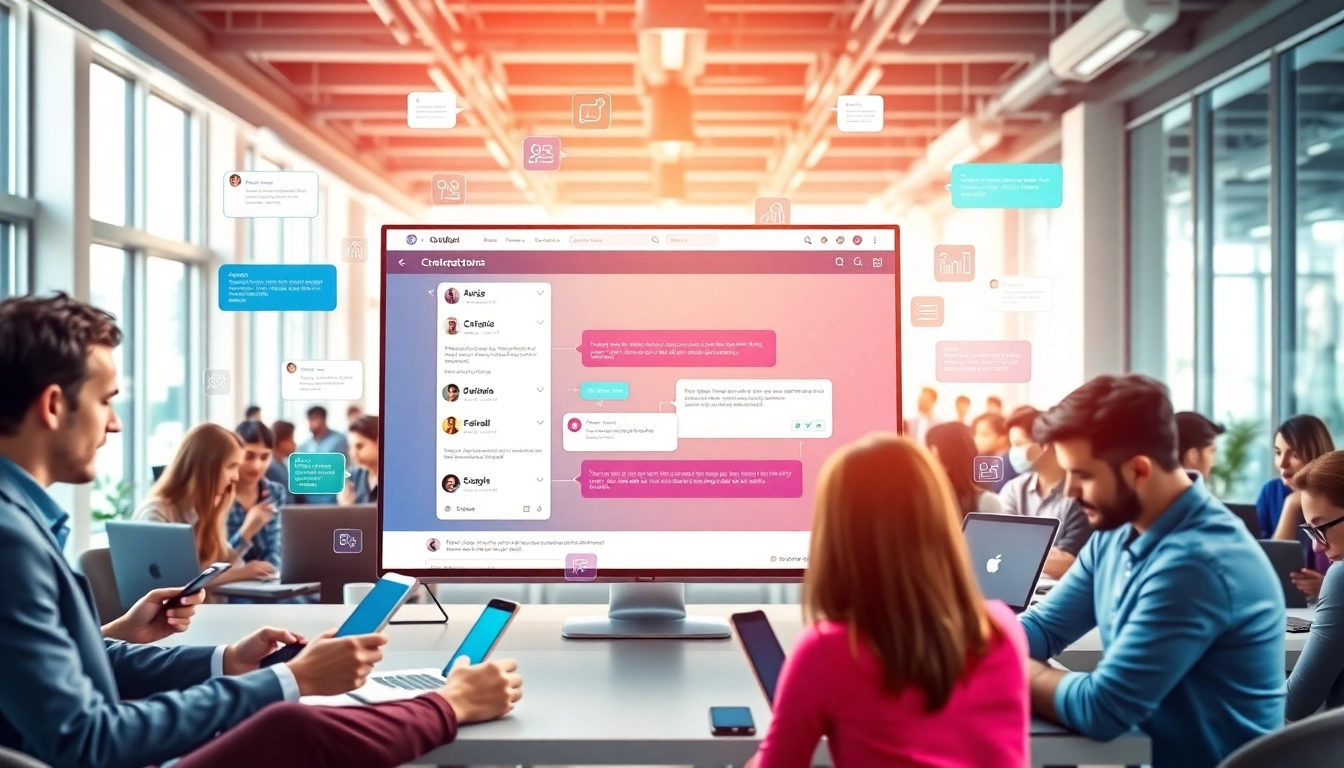Understanding Movable Glass Partitions
What Are Movable Glass Partitions?
Movable glass partitions are innovative solutions designed to optimize the usage of space while providing visual openness and elegance. They comprise glass panels that can be easily moved to create flexible layouts in various settings, from corporate offices to residential spaces. Unlike traditional fixed walls, these partitions can be rearranged or folded, transforming an expansive area into a more intimate environment or vice versa, depending on the needs of the moment. The primary function of movable glass partitions is to divide spaces without sacrificing natural light and aesthetic appeal, thus enhancing the overall ambiance of any room.
Benefits of Using Movable Glass Partitions
The adoption of movable glass partitions offers numerous advantages:
- Flexibility: These partitions allow for rapid adjustments of space, making them ideal for environments where needs frequently change.
- Natural Light: Unlike solid walls, glass partitions enable daylight to penetrate into the space, improving the work atmosphere and reducing the reliance on artificial lighting.
- Sound Insulation: Many movable glass partitions come with soundproofing features, making them effective in noisy environments like offices or conference rooms.
- Aesthetic Appeal: They add a modern and sleek look to interiors, enhancing the overall design and visual connection between rooms.
- Cost-Effective: By reducing the need for extensive renovations or permanent wall constructions, these partitions can offer significant cost savings over time.
Common Applications in Various Industries
Movable glass partitions find applications across multiple sectors:
- Corporate Offices: Employers can configure open spaces for collaboration or close off areas for privacy as needed.
- Retail Environments: Stores use these partitions to create dynamic displays and pop-up areas to optimize customer experience.
- Hospitality: Hotels and restaurants utilize movable glass walls to adapt dining and event spaces according to occupancy and type of function.
- Healthcare: Facilities use glass partitions to maintain cleanliness and visibility while providing private spaces for consultation and treatment.
- Educational Institutions: Classrooms and meeting areas benefit from adjustable layouts to suit different teaching and learning styles.
Design Considerations for Movable Glass Partitions
Choosing the Right Materials and Styles
When selecting movable glass partitions, one must consider the materials used. The choices range from tempered glass to laminated glass, each offering varying levels of durability and sound control. For aesthetic coherence, it is essential to align the style of the partitions with the overall interior design. Options include frameless designs that provide an uninterrupted view or framed systems that can sport various finishes, matching the desired aesthetic of a modern or traditional space.
Incorporating Design Trends
Today’s design trends lean heavily on minimalistic aesthetics and sustainable materials. Movable glass partitions can meet these trends by integrating eco-friendly glass options and sleek hardware that promotes an unobtrusive look. Additionally, smart glass technology is gaining traction, enabling users to change transparency levels with a touch of a button, providing both privacy and openness.
Balancing Aesthetics and Functionality
While aesthetics are a crucial consideration, functionality must not be overlooked. The selected partition should not only look good but also withstand frequent use and serve its purpose effectively. For example, incorporating sliding systems can save space, making them suitable for narrower halls or rooms. Furthermore, ensuring that movable glass partitions possess adequate soundproofing qualities is essential in environments requiring privacy.
Installation Process for Movable Glass Partitions
Steps to Install Movable Glass Partitions
The installation of movable glass partitions can significantly vary based on the design and intended use, but a typical process includes the following steps:
- Site Assessment: A professional installer will assess the space to determine the best configuration and type of partition needed.
- Design Approval: A design and layout plan is developed and submitted to stakeholders for approval.
- Preparation of the Area: Necessary preparations are made, such as removing old partitions, flooring adjustments, or electrical work.
- Installation: Proper mounting of tracks, framing (if applicable), and glass panels follows with precise attention to alignment and locking mechanisms.
- Finishing Touches: After installation, aesthetic finishes and seals are applied to enhance both the look and functionality of the partitions.
- Testing: Finally, a quality check ensures that movement, sound insulation, and locking systems function correctly.
Choosing the Right Professional Installer
Selecting the right installer is crucial to the successful implementation of movable glass partitions. Consideration should be given to their experience, portfolio of previous installations, customer reviews, and knowledge of building codes and moving safety regulations. Obtain multiple quotes and be wary of price discrepancies that far exceed or fall below the average in the market.
Maintenance Tips for Longevity
To ensure that movable glass partitions remain functional and visually appealing, regular maintenance is essential. Recommended practices include:
- Regular Cleaning: Use appropriate glass cleaners and soft cloths to avoid scratching surfaces.
- Lubrication: Periodically lubricate tracks and moving mechanisms to prevent wear and tear.
- Inspection: Perform regular inspections to identify any misalignments, damage, or wear in locks and hardware.
Cost Factors in Movable Glass Partition Solutions
Understanding the Pricing Structure
The pricing of movable glass partitions can vary significantly based on various factors including material choice, design complexity, added features (like soundproofing or sliding systems), and labor costs. On average, costs can range from $25 to $100 per square foot. Custom designs typically cost more due to the precision and craftsmanship required.
Cost vs. Value: Analyzing Your Investment
Investing in movable glass partitions should not only align with immediate budget concerns but also consider long-term value. By enhancing natural light, promoting flexible space usage, and improving workplace functionality, these partitions can yield returns in employee productivity and customer satisfaction. A thorough analysis of potential ROI based on these factors should be conducted before making a purchasing decision.
Budgeting for Custom Solutions
When budgeting for movable glass partitions, it’s important to factor in all associated costs, including installation, maintenance, and any potential need for future upgrades. Custom solutions may also require additional time for installation and design, often leading to extended timelines and costs. Allocate a budget for unforeseen expenses to ensure a smoother project delivery.
Case Studies: Successful Implementations of Movable Glass Partitions
Corporate Office: Maximizing Space Efficiency
A tech startup in Silicon Valley recently implemented movable glass partitions to enhance their open office layout. By using transparent partitions, they were able to create collaborative zones while maintaining natural light flow. Results showed a 30% increase in team collaboration and a significant reduction in noise levels.
Retail Environments: Enhancing Customer Experience
A major retail chain adopted movable glass walls to create temporary pop-up shops for seasonal promotions. This adaptability led to a 15% increase in customer traffic during promotional periods, demonstrating the effectiveness of dynamic shopping environments in enhancing consumer experience.
Event Spaces: Creating Dynamic Event Layouts
A conference center upgraded its facilities with movable glass partitions to host varying event sizes flexibly. Feedback indicated improved attendee satisfaction attributed to customizable layouts, with a reported 25% increase in bookings post-installation.



